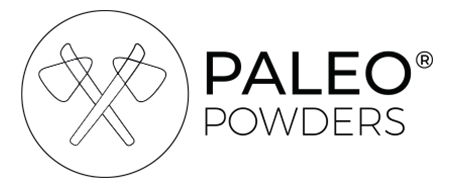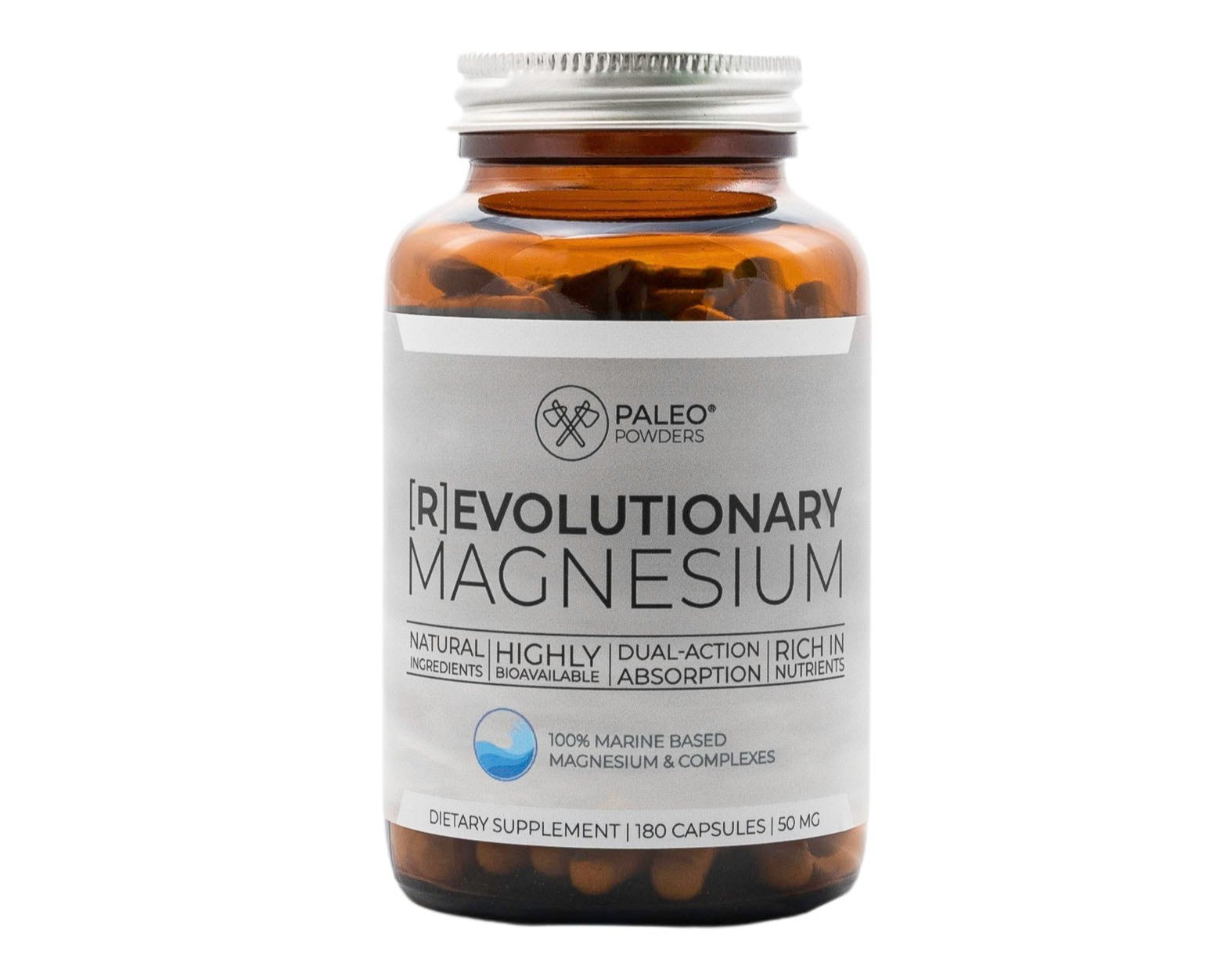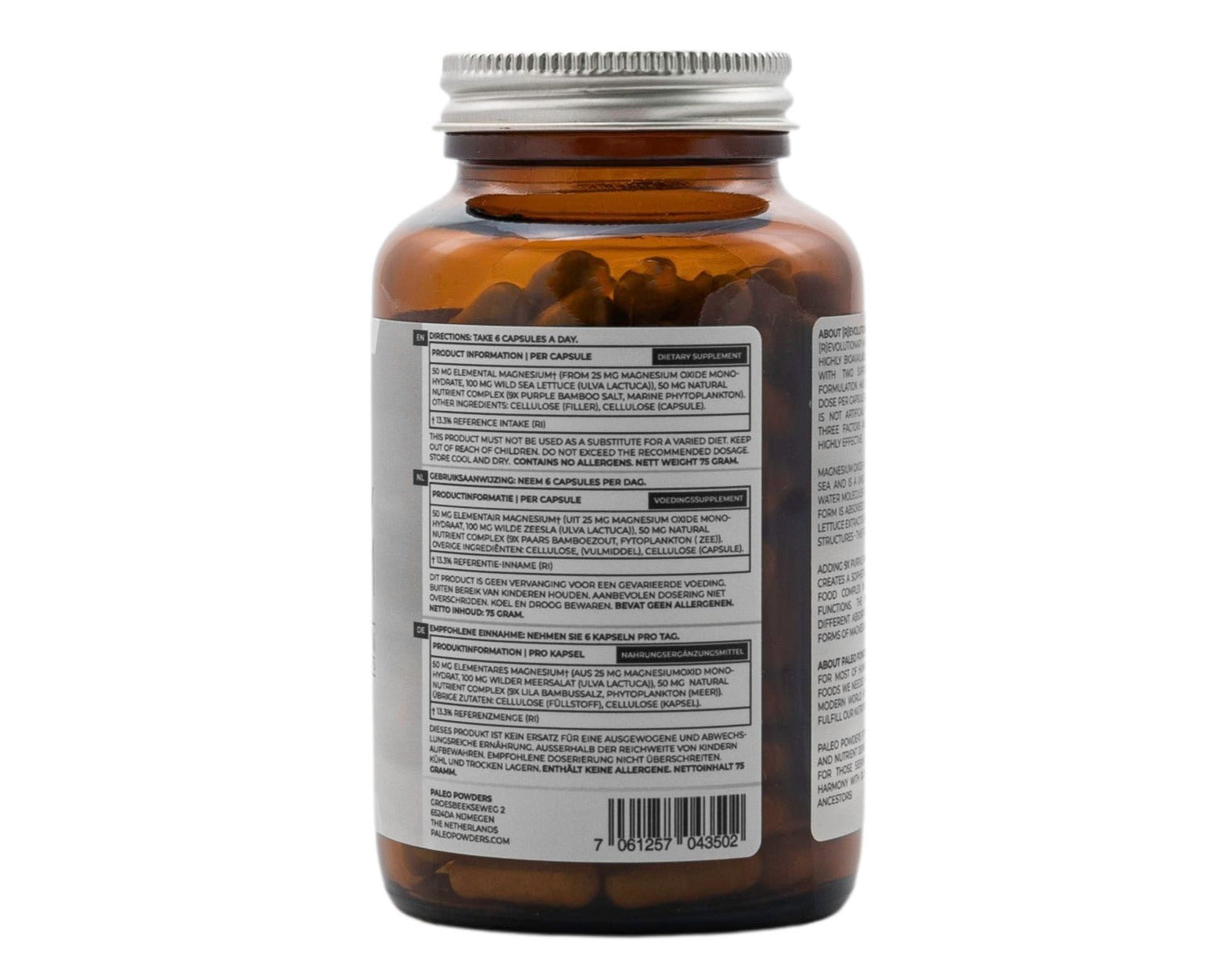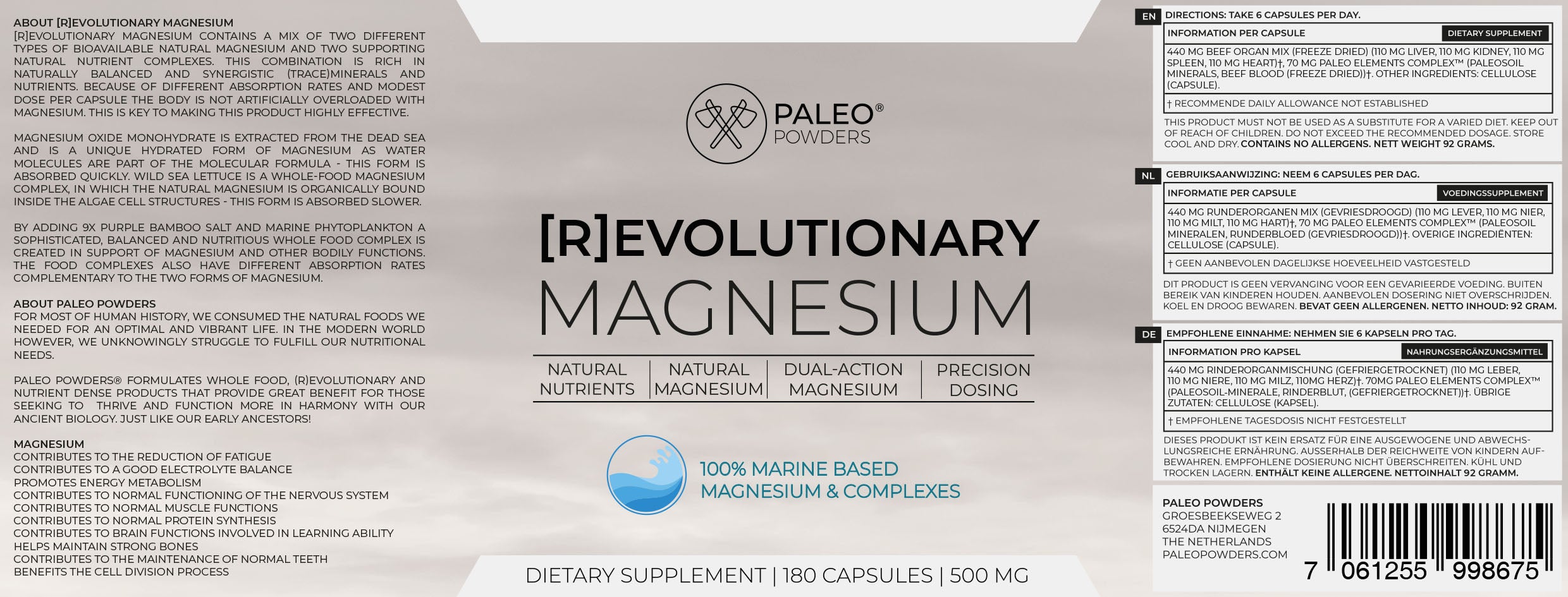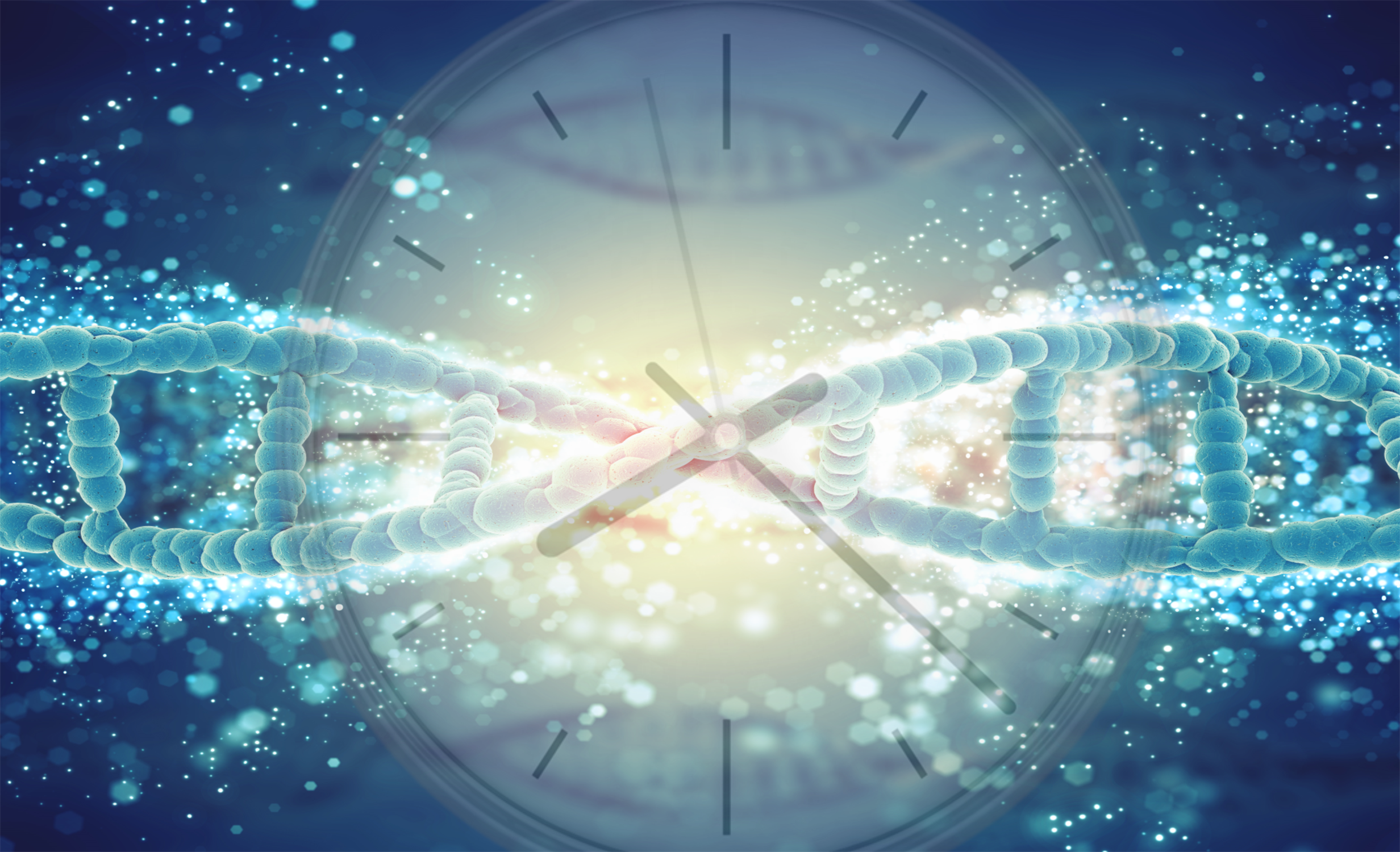
The Problem of Beans and Legumes in a Paleo Diet
Beans and legumes, such as lentils and chickpeas, are often seen as healthy alternatives to processed foods such as wheat, corn and sugar. They are generally not associated with "junk food" or highly processed products. For example, Lentil soup and hummus are often considered nutritious choices. However, it's important to note that just because they're not common in snack bars doesn't automatically make them healthy options.
Phytic acid: a consideration
One of the main concerns with beans and legumes, similar to grains and pseudocereals, is their phytic acid content. Phytic acid binds to nutrients in food, making them less absorbable by the body.
While it doesn't steal nutrients already in your body, it does reduce the nutritional value of beans and legumes. This is often seen as a major disadvantage of these foods. Interestingly, other Paleo diet foods, such as nuts, also contain relatively high levels of phytic acid. In fact, most nuts have slightly more phytic acid per unit mass than grains and legumes. So why are nuts generally accepted while beans are seen as problematic?
The importance of quantity
Rather than labeling any amount of phytates as inherently harmful, it is more accurate to look at the effects on the body based on the amount consumed. In fact, in small amounts, phytic acid may even have some health benefits, so it would be wrong to avoid it completely as a poison.
The key word here is the amount consumed. This is why nuts are considered acceptable in moderate consumption, while beans and legumes are discouraged. The difference is that nuts and other foods like kale are not a staple in most people's diets. If you were to rely solely on almonds as your main source of nutrition (which is not recommended), you would encounter similar problems.
Problems with beans and legumes
Beans and legumes, unlike nuts and vegetables, are the main source of calories for many people around the world. Relying on foods rich in phytic acid as a nutritional staple can be detrimental to health. If you replace meat and animal fats with soy and lentils, you significantly reduce your nutrient intake. These vegetable proteins are naturally less nutritionally rich, and the phytic acid present hinders the absorption of the limited nutrients they do contain. Additionally, the lack of dietary fat, unless consumed with another source of fat, prevents proper absorption and utilization of these nutrients. As a result, basing your diet primarily on beans can lead to serious nutritional deficiencies.
FODMAPs
In addition to their phytic acid content, beans and legumes are also considered FODMAPs, meaning they contain a type of carbohydrate called galacto-oligosaccharides. These can cause digestive problems, especially for people with existing digestive problems such as irritable bowel syndrome (IBS). While this isn't a reason for everyone to avoid beans (similar to how people without sensitivities might consume other FODMAP foods like onions or mushrooms), it is a concern for those with digestive problems.
Lectin content
Another disadvantage of beans and legumes is their lectin content. Lectins are proteins found in various foods, but not all lectins pose a problem. Different people respond differently to different lectins. For example, some people tolerate nightshade relatives, while others experience adverse reactions. Grains, legumes and dairy tend to have higher levels of potentially toxic lectins.
Lectins can damage the intestinal wall, which contributes to intestinal permeability and the associated digestive problems. Although proper cooking methods can destroy many lectins, such as soaking and boiling, these methods are time-consuming and inconvenient. Therefore, regular consumption of beans and legumes in your diet can contribute to intestinal irritation and increased intestinal permeability.
Low Carb Paleo Diet
People following a low-carb version of the Paleo diet should also be aware of the carbohydrate content in many beans and legumes. Although vegetarians often consider them a "source of protein," this is only true when compared to foods such as bread and vegetables, which tend to be low in protein.
It is important to note that individual variations exist, and some legumes have higher protein content than others. While it is acceptable to include safe starches in the diet, relying on beans as a main source of calories can lead to excessive carbohydrate intake. In the long term, this can contribute to weight gain and metabolic problems, such as insulin resistance.
Lack of nutrient density
Beans and legumes do not provide the same level of micronutrient content as animal foods. There is therefore no compelling reason to include them in a Paleo diet. Although chickpeas or kidney beans may be rich in certain nutrients, there are more powerful and healthier sources of those nutrients available from animals such as organs and bone marrow, for example.
It's important to recognize that beans and legumes, despite their popularity in certain diets, have their drawbacks. Although sporadic consumption of lentils or beans in small quantities may not cause significant problems.
